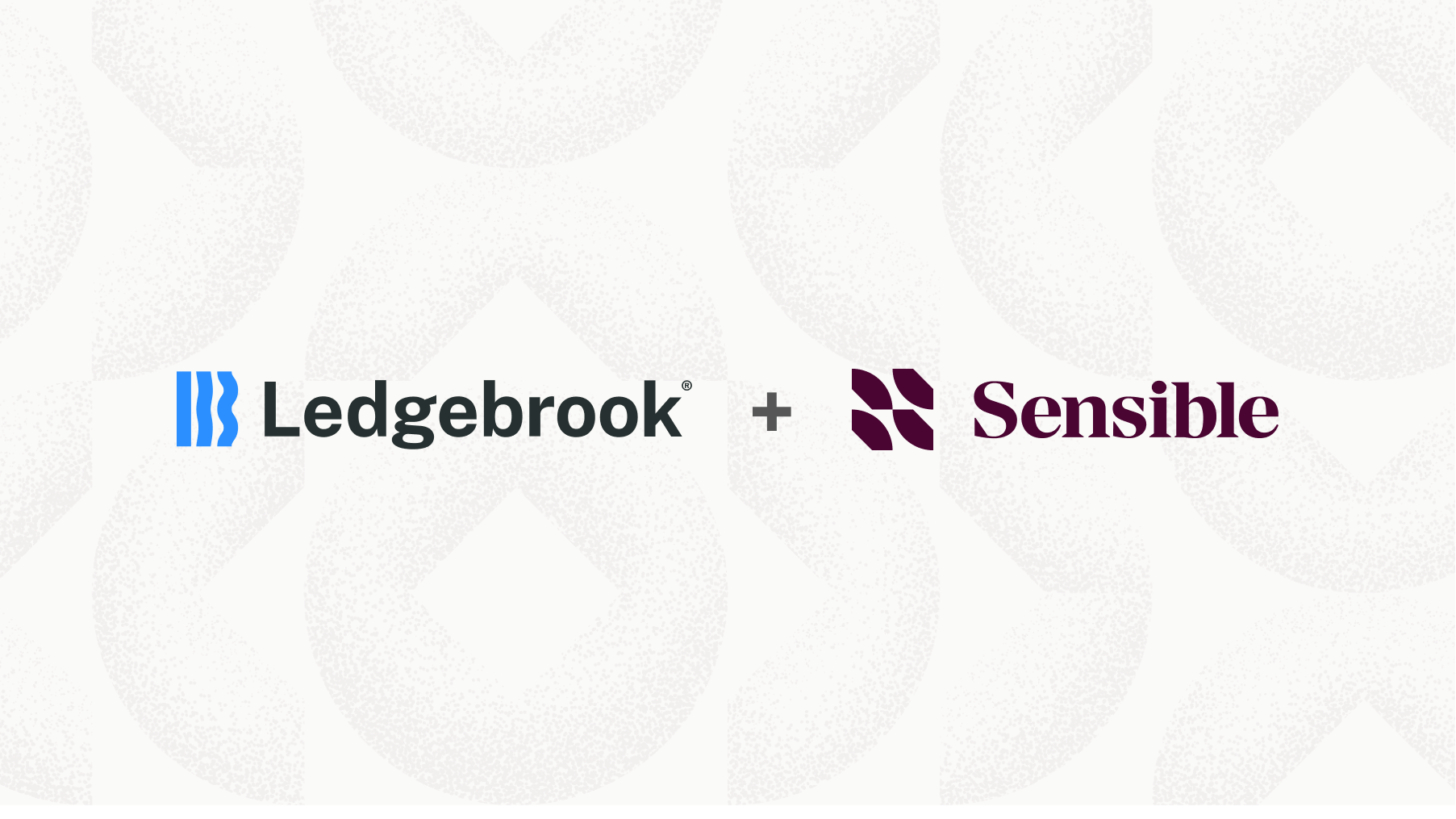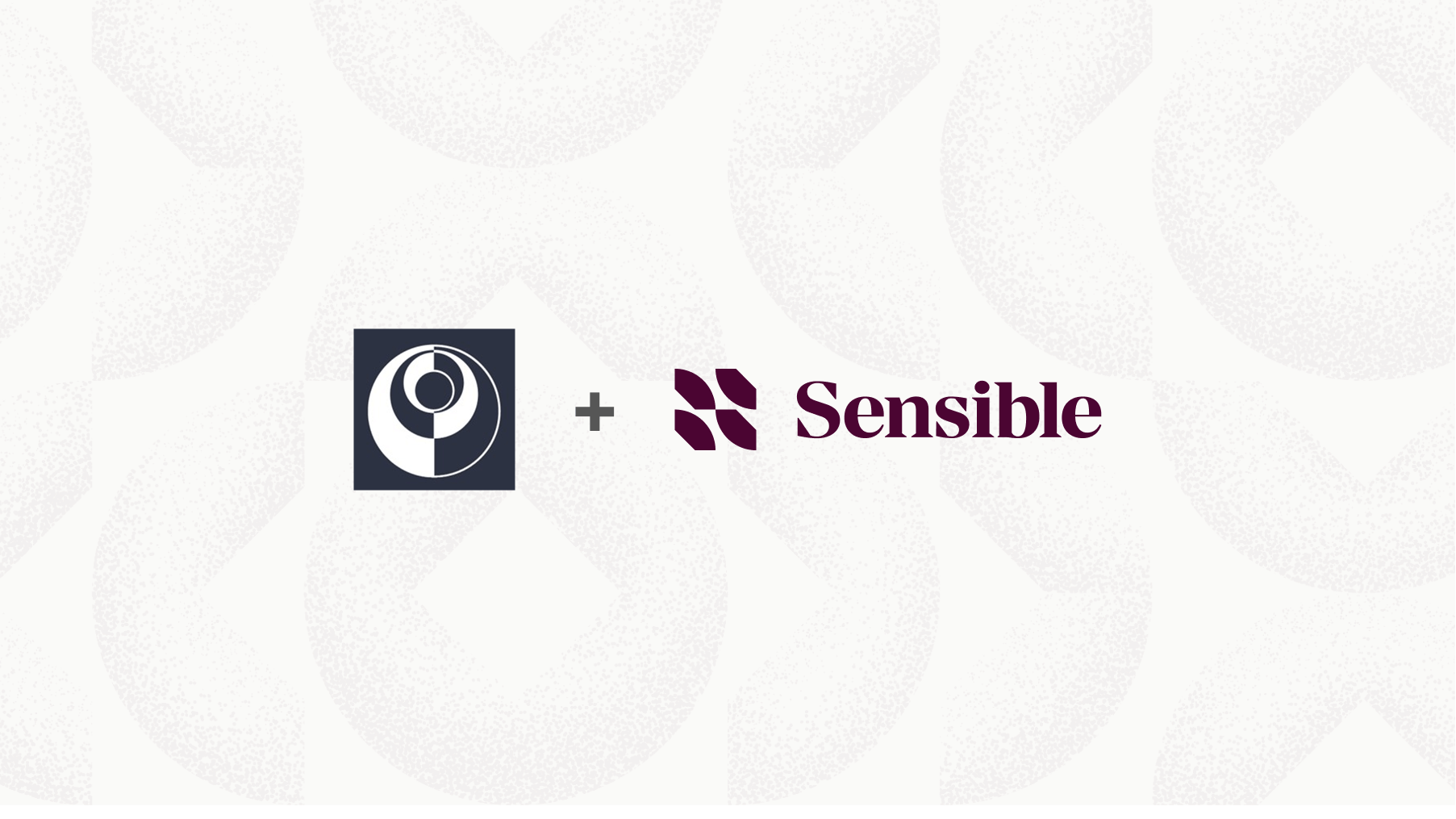In the fast-paced world of excess and surplus (E&S) insurance, speed isn't just an advantage, it's a matter of survival. Ledgebrook, an insurtech company disrupting the specialty insurance market, has built their business model around what they call "Ledgebrook speed." By combining modern technology with AI-powered document automation, they're processing thousands of insurance forms monthly through Sensible, achieving a velocity that would be impossible with traditional methods.
Behind this transformation is Trip Ottinger, Director of Process Automation at Ledgebrook, who's on a mission to automate as much of the underwriting process as possible. "We work very fast, we're very responsive to our customers, and that has a lot to do with the tech that we've built," Trip explains. As someone who previously managed API and SDK teams, Trip brings a developer's eye to his job, ensuring Ledgebrook can "move quickly, and to move quickly, you have to be able to process submissions quickly."
The challenge: racing against time in specialty insurance
In the E&S market, brokers need quotes yesterday. They're dealing with risks that mainline carriers won't touch—the complex, unusual, or high-risk policies that require specialty underwriting. When a broker sends a submission, they're often shopping it to multiple managing general agents (MGAs) simultaneously. The first to respond with a competitive quote often wins the business.
Ledgebrook operates as a tech-forward MGA that has quickly built a substantial book of business. But here's the challenge: every submission arrives as an email with multiple attachments, such as ACORD forms, supplemental applications, and loss runs, all requiring manual review and data entry.
"We knew early on that to support the volumes we were going to have, we needed to have some automation in play," Trip recalls. "We were initially doing it essentially manually, hand jamming data entry into the system."
With three key internal personas, underwriters, underwriter assistants, and operations teams, all needing to collaborate on each submission, the traditional manual process was a bottleneck that threatened to limit Ledgebrook's growth.
Why Sensible: developer-first meets insurance-first
When evaluating solutions, "what drew us to Sensible was that you guys were developer-first," Trip explains. "The way your API was structured, the way your documentation was structured—it was built for developers. Usually when you see a company that gets that, that's usually a good smell."
For an insurtech company focused on blending the best of both E&S expertise and modern technology, this developer focus was crucial. Ledgebrook needed a solution that could integrate seamlessly into their modern tech stack while handling the complexities of insurance documents, from ACORD 125 general liability applications to ACORD 823 additional premises forms.
"We had a green field," Trip notes. "We were able to apply modern tech to the insurance industry and move fast."
The implementation: from email to underwriter in seconds
Ledgebrook built an elegant automation pipeline that handles two workflows for document ingestion. First, their automated email flow forwards submissions to a clearance inbox, which triggers Sensible's API. Second, their manual upload flow ingests documents that arrive after the initial submission or require special handling.
"We use the data we get back from Sensible to clear submissions much faster than our competitors," Trip explains.
The results: thousands of documents, zero bottlenecks
Ledgebrook is now processing thousands of documents monthly through Sensible, which would be time consuming and expensive to handle manually. They receive data from email bodies and ACORD forms near-instantly, with human-in-the-loop validation that ensures accuracy while maximizing speed.
One of the most innovative features is Sensible's ability to detect nuanced categorizations. "Professional liability could have various sublines like architects and engineers," Trip explains. "We use Sensible to quickly detect what the subline is."
The feedback from the team has been overwhelmingly positive. "Anecdotally, we've had very little feedback as far as it being inaccurate," Trip notes. The system tracks both suggested and final values, creating an audit trail for continuous improvement.
Looking forward: scaling Ledgebrook speed across the E&S market
With Sensible handling the document processing heavy lifting, Ledgebrook can focus on what they do best: making smart underwriting decisions quickly. In the E&S market, where complexity is the norm and speed wins deals, that's a competitive advantage that compounds with every submission processed.
By leveraging automation to process more business faster, Ledgebrook is positioned to grow their book of business efficiently while maintaining the high-touch service that specialty risks require.
The combination of Sensible's document intelligence and Ledgebrook's modern tech stack proves that insurance doesn't have to move at yesterday's pace. In fact, when you get the technology right, "Ledgebrook speed" becomes not just a tagline, but a sustainable competitive advantage.
Ready to achieve your own version of "Ledgebrook speed"? Book a demo with Sensible to see how intelligent document processing can accelerate your insurance operations, or explore our managed services for a customized implementation that fits your unique workflow.





